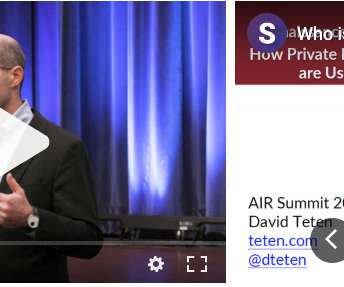Seed Stage Funding 101: What it Is & How it Works
The Startup Magazine
AUGUST 11, 2023
It is necessary to cover the early stages of product development, thorough market research, and other processes during the initial step. This could be a proportion of the company’s equity or investment; in other instances, it could be a portion of its later-stage profits. Hence they will miss the finish line.























Let's personalize your content